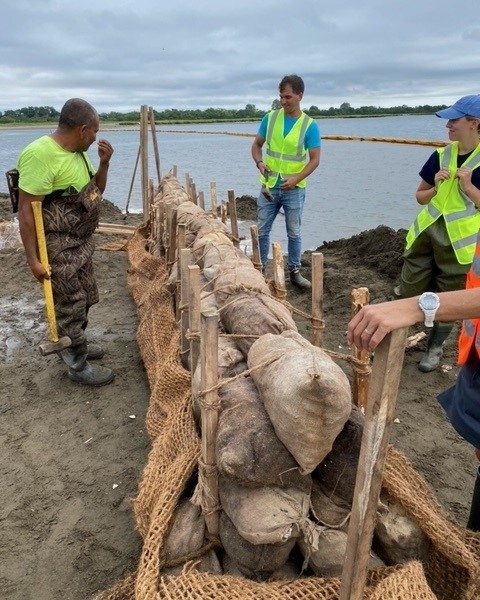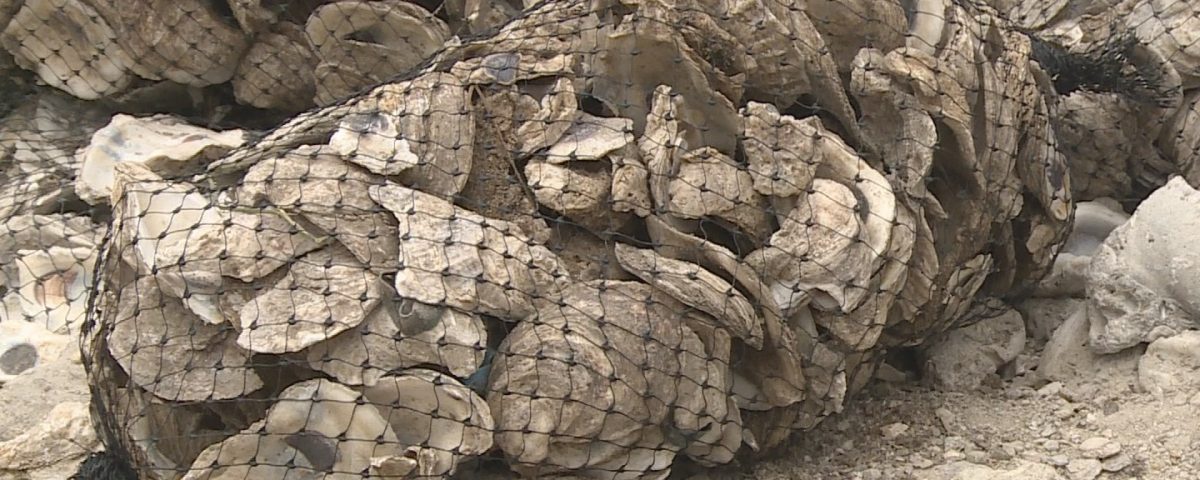
Dr. Jill McGrady Honored as “Women of Life Sciences” Recipient
August 31, 2021
Great Ecology’s Affiliates Awarded NSF Grant
September 8, 2021

For the Love of Oyster Shells
Author: Liz Clift
When you think of used oyster shells maybe you think of dumpsters behind restaurants, Sea Otters, or even your latest purchase from Amazon.com. But "one man's trash is another man's treasure," right? As ecologists, we see used oysters as a resource with value, not just waste to be discarded - and we're not the only ones.
Great Ecology is currently serving as the project ecologists for the West Pond Living Shoreline project, led by Dirtworks, in the Jamaica Bay Wildlife Refuge near New York City. The project will restore almost 15 acres/2,600 linear feet of coastal salt marsh habitat improving resiliency of existing wetlands, shorelines, and other sensitive habitat areas. A crucial component of this living shoreline design is the use of oyster shell bags stacked to create natural breakwater features. Made of burlap bags filled with cured oyster shells, which will safely biodegrade over time, they act as wave attenuation and erosion control on the West Pond project site to support establishment of native plants. We're especially excited to have these breakwaters in place, as Great Ecology provided the native planting plan (among other services) that includes: smooth cordgrass (Spartina alterniflora) in the low marsh and saltmeadow cordgrass (Spartina patens), saltmeadow rush (Juncus geradii), and salt grass (Distichlis spicata) in the high marsh.
These oyster shell bags were provided by the Billion Oyster Project, an organization working to restore oyster reefs in New York Harbor - which helped water quality - where their numbers have dwindled. Billion Oyster Project engages students and volunteers to support their restoration efforts and helps divert oyster shells from landfills where they would otherwise provide no value. It's important to note the oyster bags provided for the West Pond Living Shoreline project are not for oyster reef restoration, the shells were cured to prevent reproduction and to safeguard the existing ecosystem.
Living shoreline projects, such as this one, can help improve community resiliency in the face of climate change by slowing or reversing erosion, providing wave attenuation, and providing additional or restored habitat. As the need for living shorelines and other nature based solutions increase, used oyster shells will continue to provide value as a natural alternative to hard engineering solutions.
The West Pond Living Shoreline project is being completed by the National Park Service in partnership with the Jamaica Bay Rockaway Parks Conservancy.

